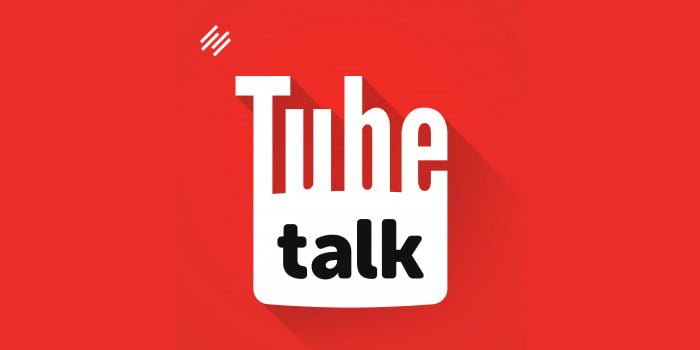Last updated on June 15th, 2024
How can you optimize your meta info and thumbnails for YouTube related videos? What are related videos anyway? What is YouTube Watch Time and how is it affected by related videos?
HOSTS:
- Dane Golden: VidAction.tv | LinkedIn
- Tim Schmoyer: VideoCreators
- Matt Ballek: VidiSEO
Tip #1: Understand How YouTube Related Videos Can Drive Views
Dane Golden says that one of the things YouTube tells us in their suggested videos description is that we shouldn’t try to “game” related or recommended videos “as current algorithms will change over time.” They say this twice. Why do they say this? Why would someone want to game suggested videos? Because related videos are super important in getting more people to watch your videos. If you do it right, you can get half your traffic just from people clicking on the thumbnails in the right hand column of your watch page. The watch page is, of course, the main page dedicated to watching a given video.
YouTube has defined suggested videos, related videos and recommended videos differently, although we sometimes use them interchangeably. But in YouTube’s definitions:
Suggested Videos:
Suggested Videos refers to the overall list to the right of the video player on the watch page which is populated with suggestions for what to watch next. There are usually 19-20 of these videos shown in the right-hand column.
Related Videos:
Related Videos are a subset of Suggested Videos within that right-hand column. They are the same for everyone viewing that video, and they come up in the same order. Related videos at this time will often account for 16 of the 19-20 Suggested Videos. YouTube partners always get the top four related videos pointing to other videos on their channel.
Recommended Videos:
Recommended Videos are customized by YouTube to your viewing tastes and interspersed within the overall Suggested Videos List. They say “Recommended for you” underneath them, and you’ll usually see videos that are related to recent searches you’ve done.
Dane says that it’s possible to get a maximum of 16 out of 19 videos to be in related videos pointing back to your channel, and if the viewer is not logged in, then you can get 18 of 19 videos. Check out what percentage of your own traffic over the past 30 days has been from Suggested Videos by going to YouTube Analytics->Traffic Sources
Tip #2: Optimize Your Metadata and Thumbnails for Related Videos
Tim Schmoyer says that he can get all the related videos to point back to his channel due to his use of meta data, but that status only lasts for the first few days to a week after a video is posted. After that period, the YouTube algorithm looks to see what people have clicked on, and what it’s about, and ranks those videos as it determines which ones are most related. Of course he still maintains about half of related videos that remain.
For his channel Tim uses a few similar tags each week from video to video – his name and channel name – plus customized tags for individual videos. And he uses a similar description block to describe his channel, which he tacks on to the end of each description.
Tim says that it’s a powerful strategy to intentionally target videos on other channels that are doing well on YouTube. While you may not be able to knock certain videos out of the number one spot in search results, you can try to get spin-off views by trying to get your video be a top related video for the other channel’s better-watched video. Tim looks to the title and description and, if the statistics are available, finds out if the traffic has died off or if it’s still getting viewed. Then he may make a similar video to the popular one, taking the concept a step further and adding additional value. He gave an example of a craft project for his family channel. Of course you should never copy and paste info that someone else is using. But related videos can be a sole strategy for growing your channel’s views. Essentially, you find out what is popular, and try to do it better.
Matt Ballek says that this crosses over to SEO tactics, and this is why YouTube hid their tags – because YouTube is on the lookout for tag spamming. And it doesn’t work – Google and YouTube can tell if you’re trying to game them. You should focus on adding additional value. Again, the tags only count for a few days until YouTube’s algorithm takes over.
Tip #3: Understand How Watch Time is Affected by Related Videos
Matt Ballek says that Watch Time is simply the amount of time people are watching your video. Session Time is how long people watch multiple videos in the same session. If you create a sticky piece of content that gets people to watch more of your videos (or other people’s videos) without leaving YouTube, that will increase your Session Time rating, and your videos will get ranked higher on YouTube, in search but also in related videos.
Matt also says that playlists and annotations can help shape the path that viewers take, which YouTube picks up on. Series playlists, and linking to video as part of a playlist, gets more people to go on to videos that you choose. When you add annotations at the right time, you add more people who will flow to another relevant piece of your content.
You can also come back an re-optimize your videos later by determining which keywords are already driving views, and see if you can influence those. And you can also go and do a fresh bash of keyword research with your competitors, and retool your tag section to drive more relevant traffic and grow your related videos sources.

